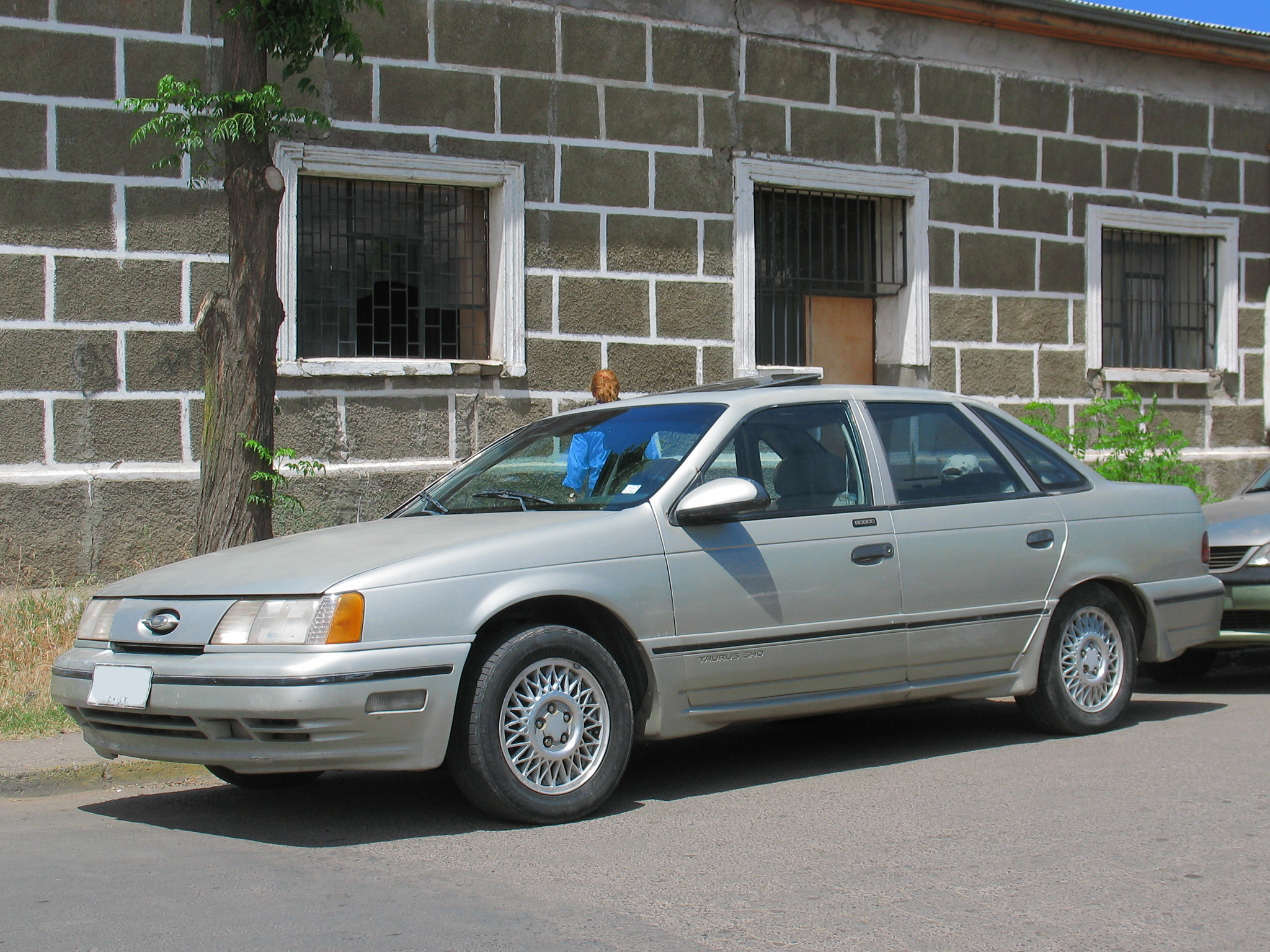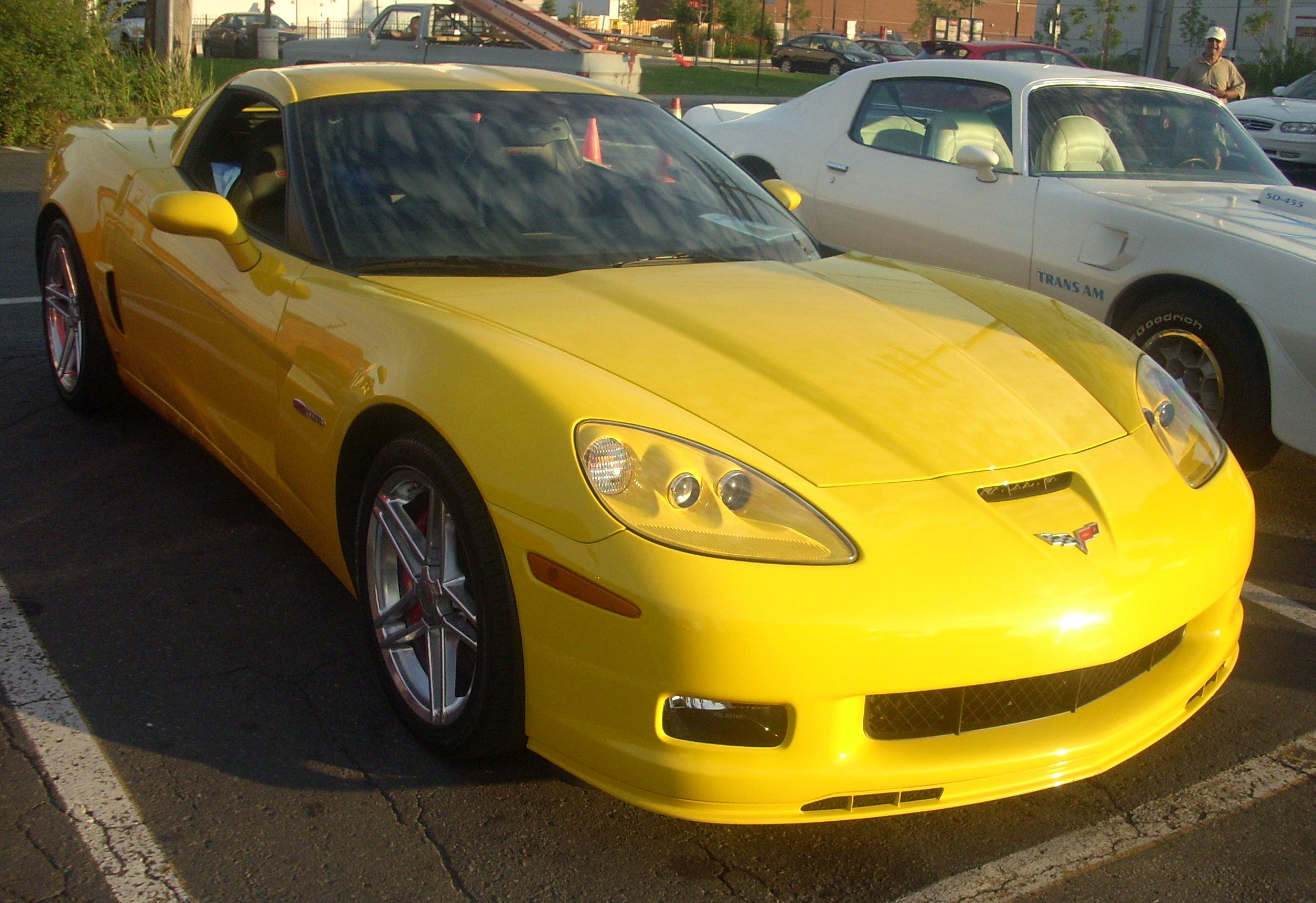How To Use Expanding Foam To Re-Build Your Car
Using expanding foam to fix specific parts of a car or even wholly re-styling a vehicle can be an enjoyable task, as well as being a considerably inexpensive fix that one can probably do on their own in most situations. Using expanding foam is usually intended to fill rust holes in non-structural metal parts of a vehicle’s body, or fillinggaps in plastic parts, such as bumpers, before the application of body-filler.
A Cheaper Solution
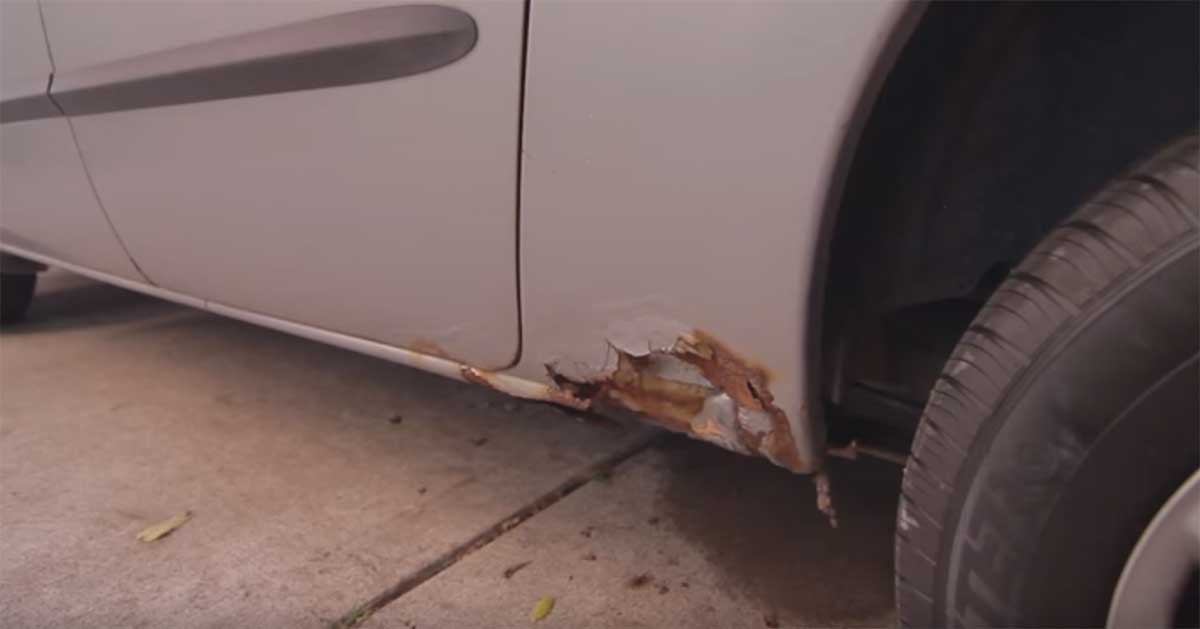
The main reason some car or truck owners decide to use this technique instead of grinding and welding is because using expanding foam usually comes out much cheaper than sending a car to a body shop. The most common use of expanding foam is to patch up rust holes on non-structural parts of the vehicle. To do this, use different grades of sandpaper, rust stopper, grinding disks or similar tools to tear off loose paint and rusted metal. Be sure to have the primer and the proper color automotive paint for the vehicle before setting to work. It is essential to have a dry environment, such as a garage, where the car can stay between steps.
Step 1 – Grinding Off the Rust
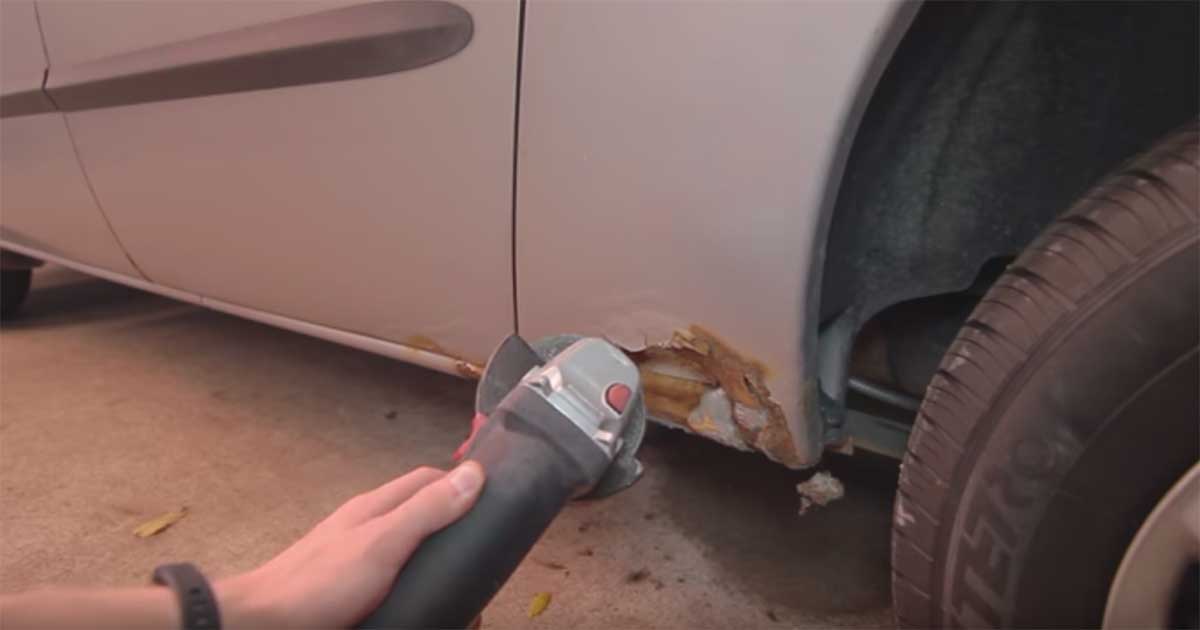
The first step is to remove as much loose rust and paint as possible from the rust hole using a scraper or even a flathead screwdriver. If a disk grinder is available, it can be used to get rid of most of the rust. Be careful to not cut any structural metal, such as corners on doors. Removing as much rust as possible and still preserving the bordering structures is vital so there is a base to hold the expanding foam.
Step 2 – Neutralizing Residual Rust
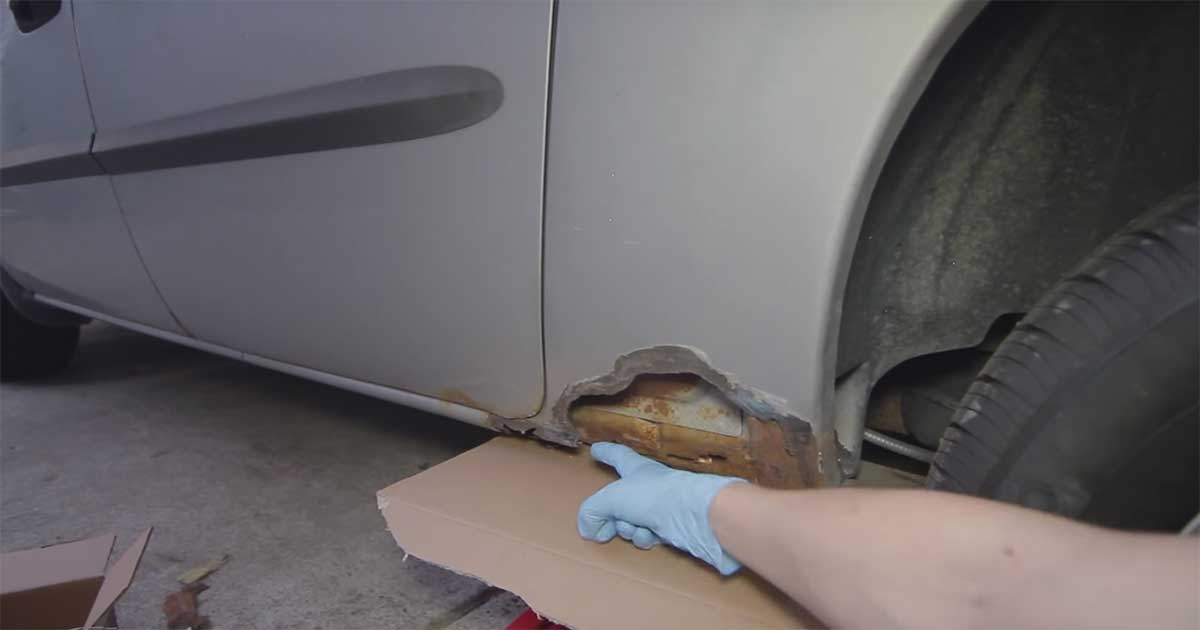
After having removed as much rust from the hole as possible, it is highly recommended to apply at least one coat of rust stopper. When applied correctly, this liquid will stop rust from spreading after the expanding foam and paint have closed the rust hole. When using the rust stopper, the solution must be allowed to dry before moving forward. Rust stopper liquids generally dry overnight, and you will know that the rust stopper has neutralized the rust if it has turned blackish. At this point, some like to apply a coat of primer on the neutralized rust for extra protection against possible future rot spreading.
Step 3 – Filling with Expanding Foam

If the primer coat that was first applied is dry, the hole can be filled with the expanding foam. This process might require cardboard supports to keep the liquid foam inside the hole to be filled. The foam should be applied so that it not only fills the hole but overfills it. The reason for overfilling the hole is because the excess foam will be cut away after it dries. This excess expanding foam is what allows shaping the surface that body filler will be applied to.
Step 4 – Shaping the Dry Expanding Foam
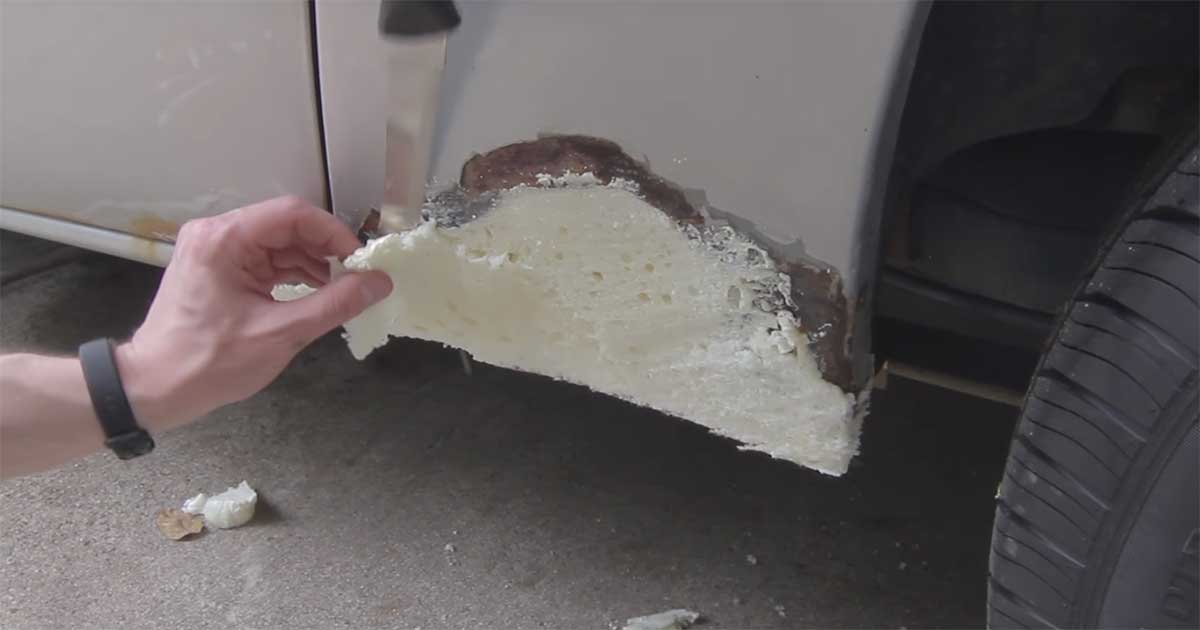
The dry expanding foam should be cut away with a bread knife or razors. After the foam has been shaved to the size of the area that needs to be filled, it should also be sanded down so that the expanding foam does not sit higher than the original vehicle’s painted surface. It can be useful cut about an eighth of an inch below the original car’s painted surface to leave room for body filler, layers of primer and car paint over it. Be sure not to leave too much expandable foam on, since it will result in a surface that is higher than the original painted car body.
Step 5 – Filling with Body Filler
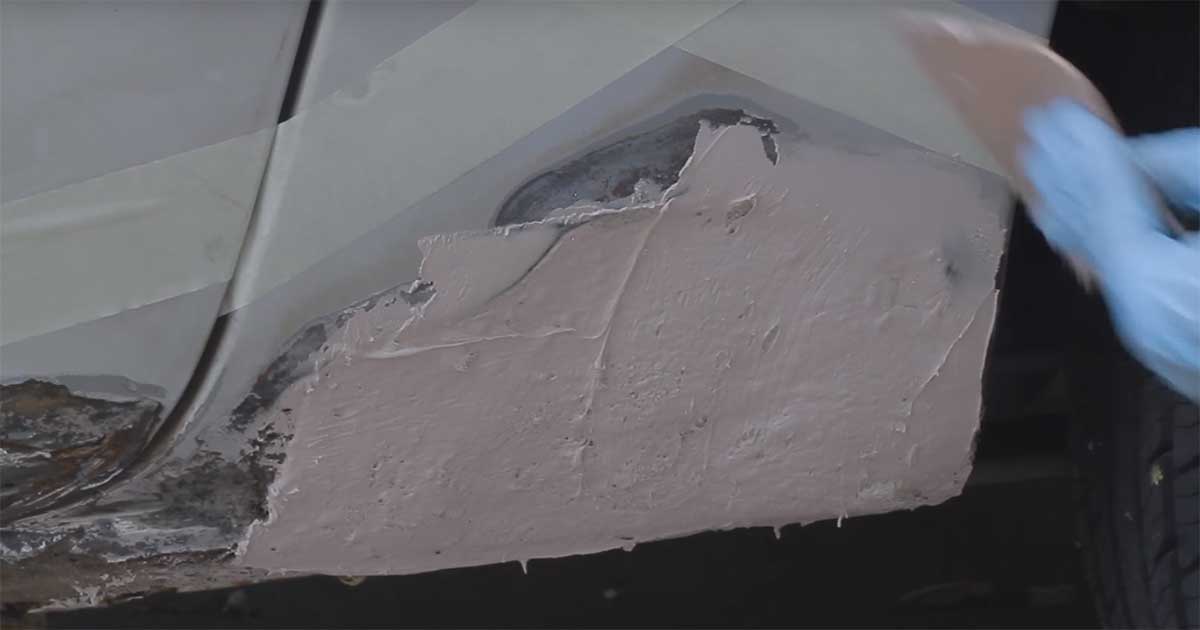
When applying body filler to the shaved expandable foam, be sure to use a plastic spreader to mix the filler and the hardener liquid before applying it to the foam. The drying time can vary depending on the weather but usually dries quite quickly and will completely dry in less than five minutes, so be sure to apply the body filler with pressure and as quickly as possible. Make sure to notput too much on since you will have to sand the surface down to make it smooth. After about twenty minutes after the body filler application, you can sand it down with sandpaper.
Step 6 – Sanding and Using More Body Filler
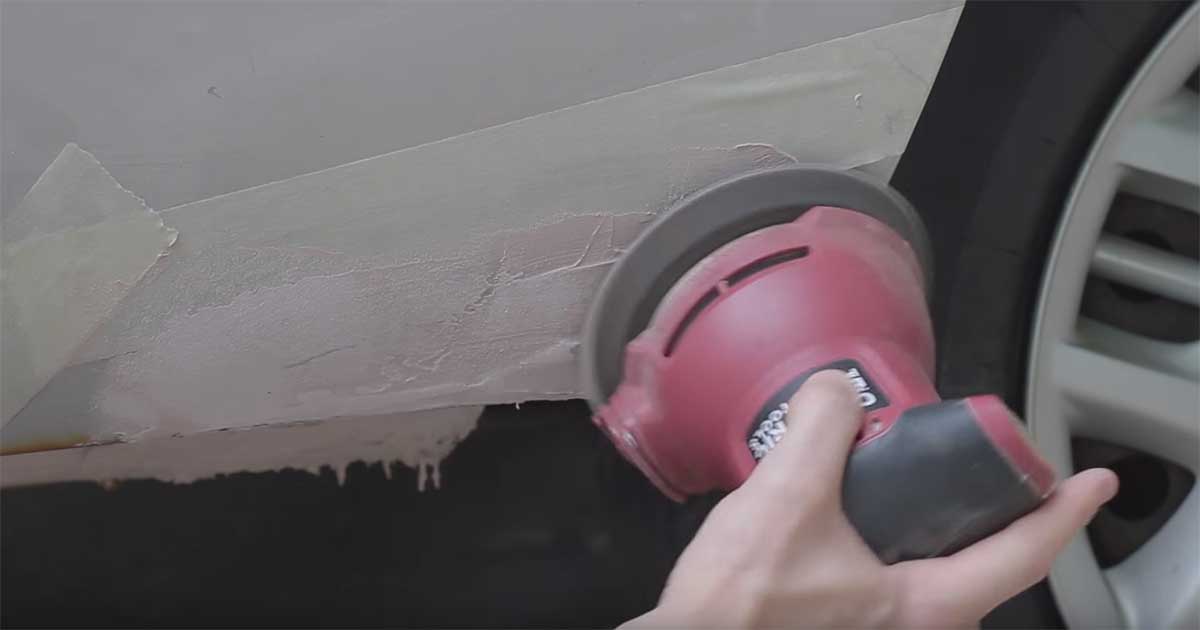
Sanding the body filler can take time, and one should start out with a more coarse sandpaper to remove the excess filler. This process takes a much longer time than the other steps, so close attention and patience is required. The second layer of body filler should be used to fill the holes and grooves left behind by the coarse sandpaper. After this step has dried, sand with a fine-grain finishing paper; this step can be repeated as many times as needed to reach a smooth surface that is ready for primer. A light coating of primer should be applied using a continuous to avoid running.
Step 7 - Primer Before Paint
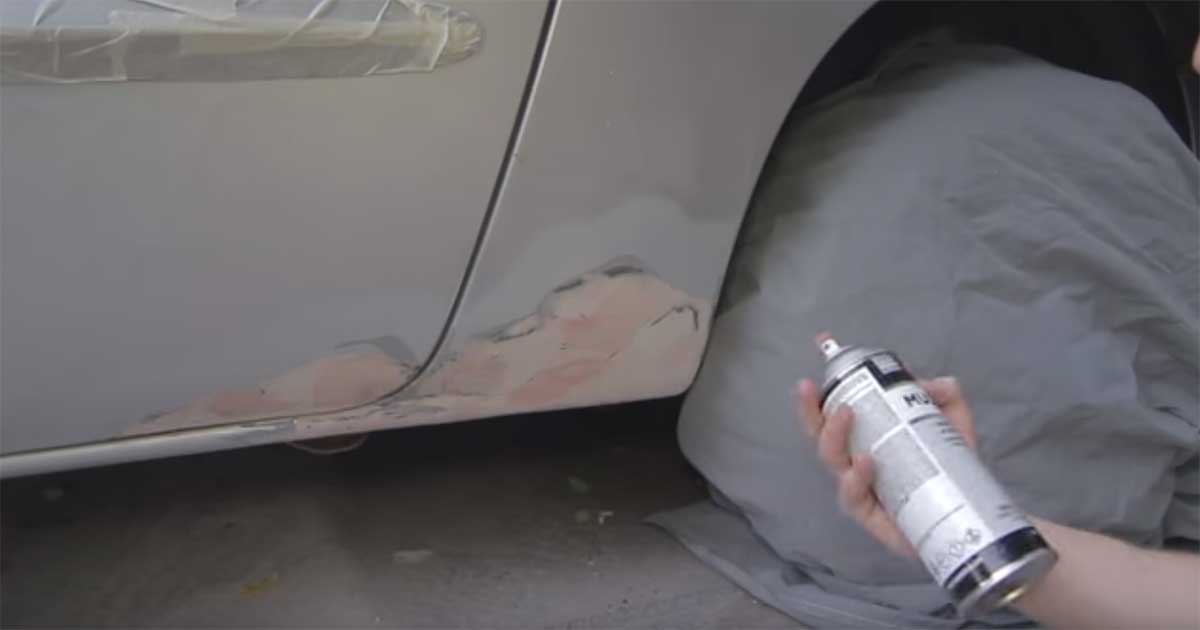
The primer will dry after a few hours, but most prefer to paint the vehicle the day afterward. Be sure to gently sand the primer with very fine sandpaper to make it as smooth as possible. It is important to research the exact color match for your car’s original paint. Most auto stores can help assist in finding the right paint that will match the existing paint. Once the correct color of paint is found, one should be sure to paint in longitudinal motions so that the paint is applied uniformly to avoid runs. Allow time for the paint to dry between coats. Two to five coats of paint should work well.
Step 8 – Final Paint Care
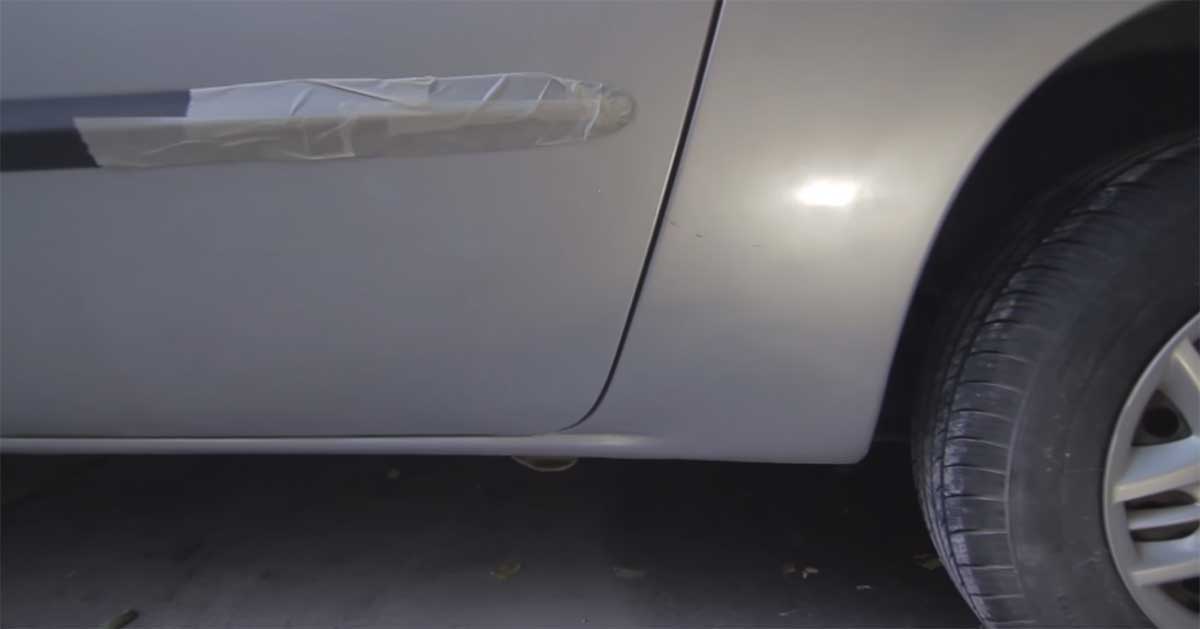
After the final coat of paint has dried, apply two or three layers of wax to the freshly restored area. After the newly painted area is waxed and protected, it is also a good idea to wash and wax the entire vehicle to allow the vehicle’s paint to look as new as possible. Now that the vehicle is looking great, why not take it for a spin and think about using the money saved for something that truly matters. Remember that there is still a chance that the rust might come back in the same spot, but it can be re-done, and the vehicle will look great again.
Vehicle Body Expansion with Expanding Foam
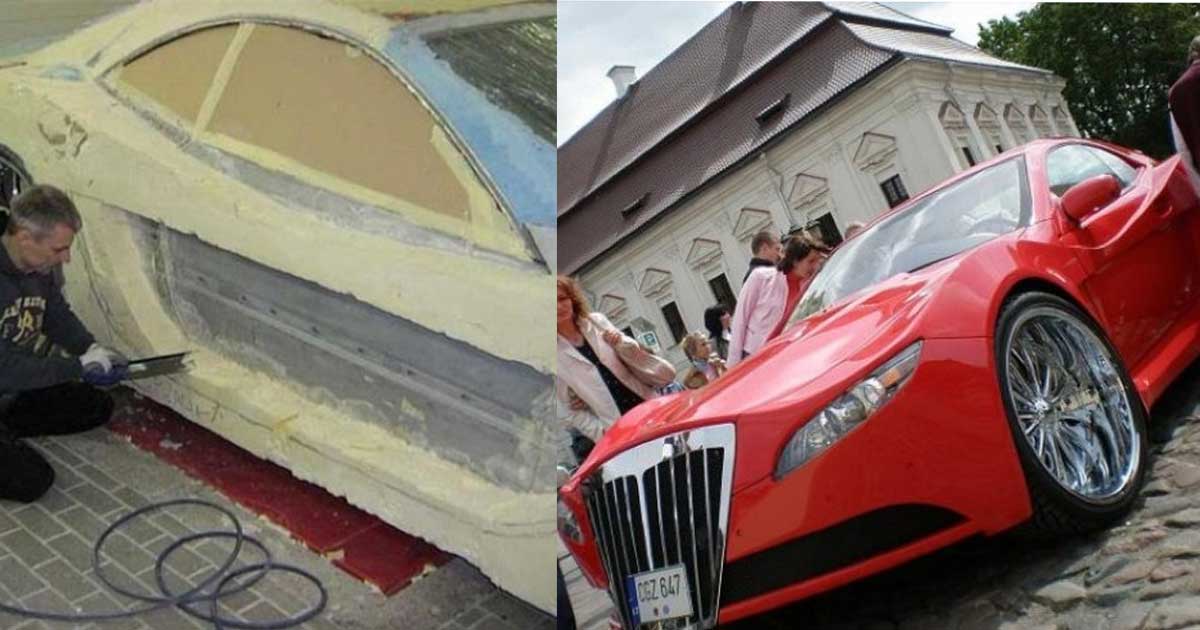
Using Inspiration
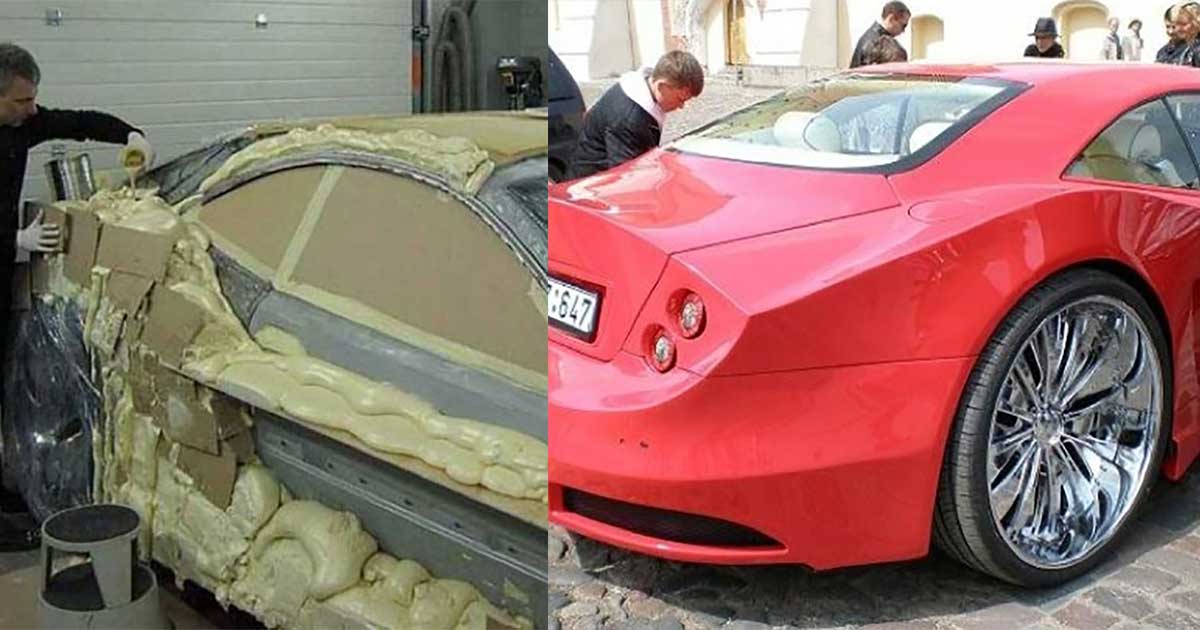
The picture above demonstrates the essential steps on how this car's body was built out almost entirely with expanding foam and cardboard supports. Keep in mind that this project took an incredible amount of time, planning and designing. This old Mercedes Benz CLK Class goes through one of the most radical transformations ever seen on a car. One might even be inspired to do the same to a junker of their own. In undertaking such an extensive project, be sure to document the process, as the complete project can be used to help others do the same. Be sure to cover all steps from beginning to end so that your work of art can be admired from start to finish.
